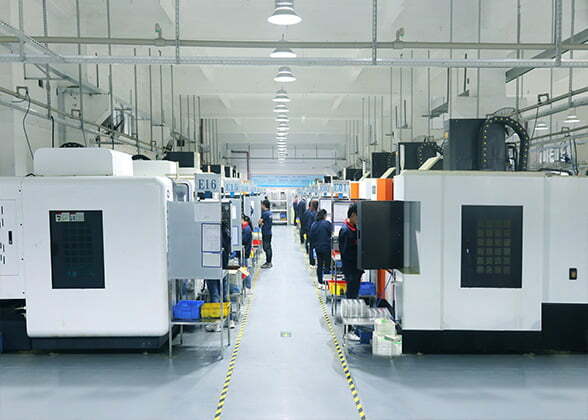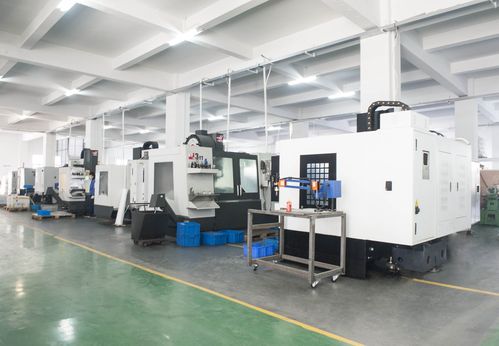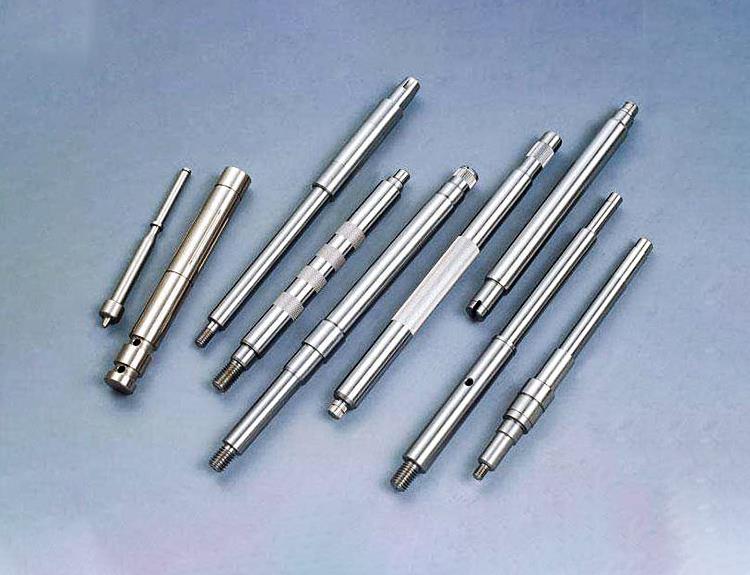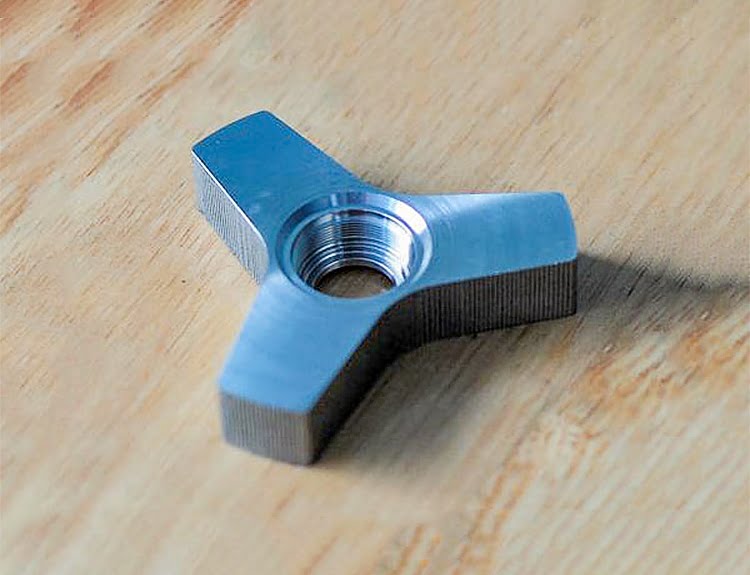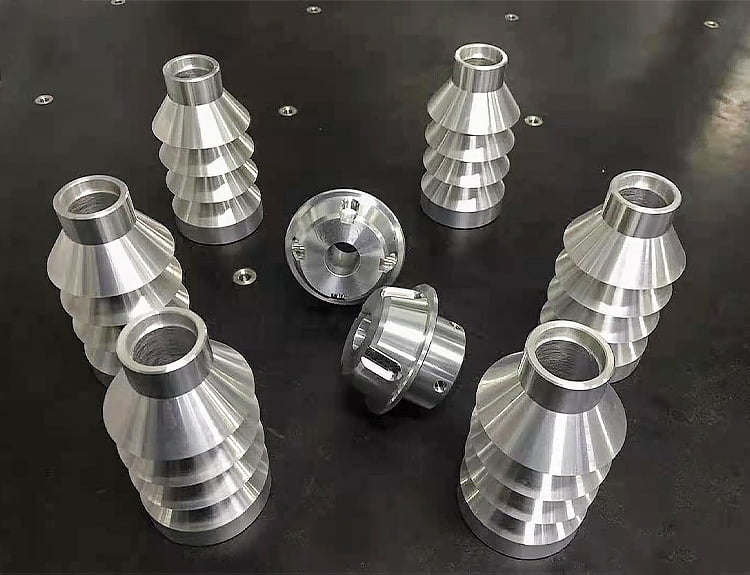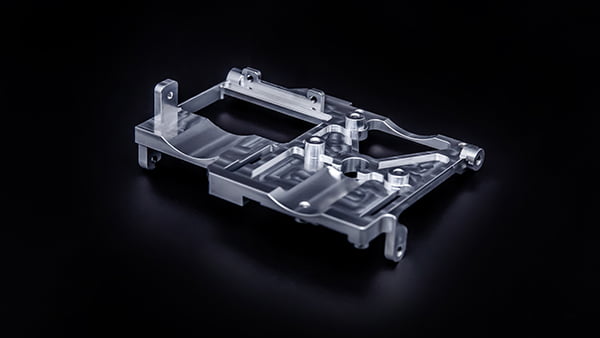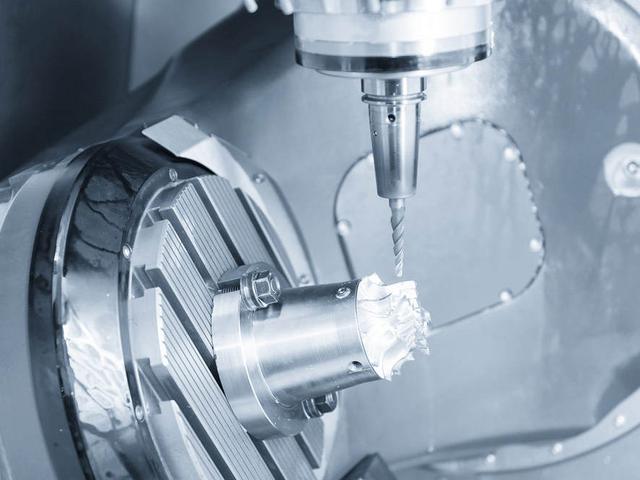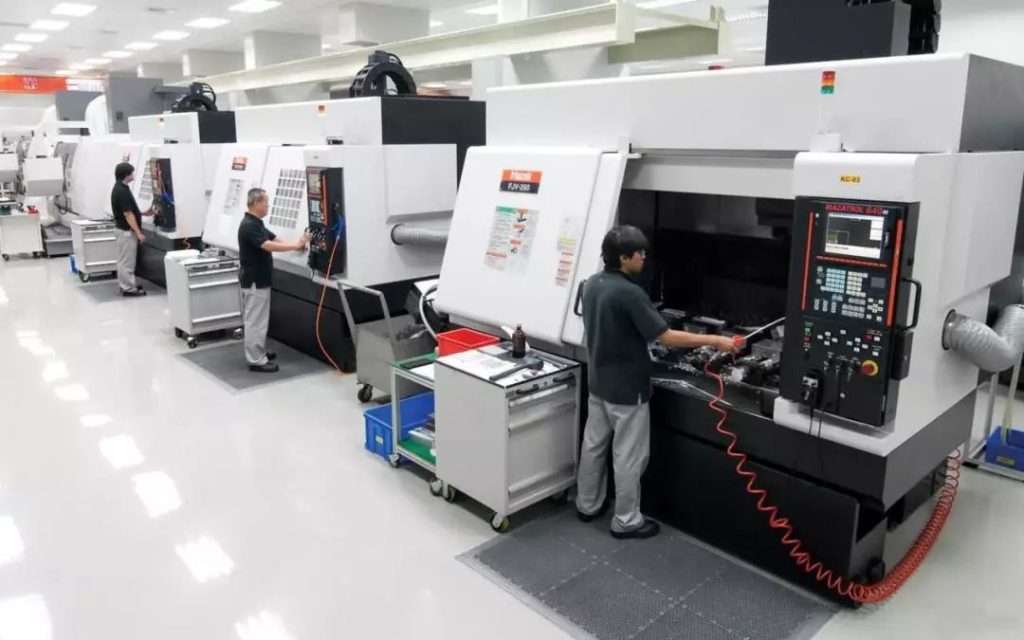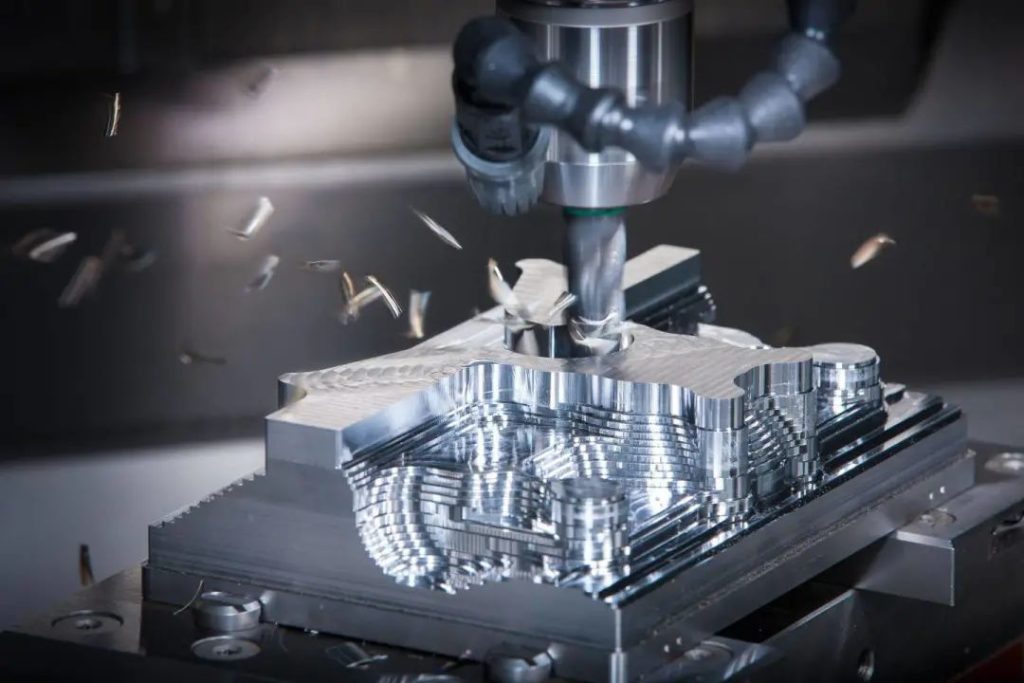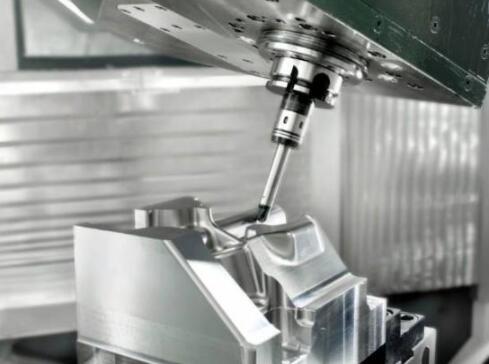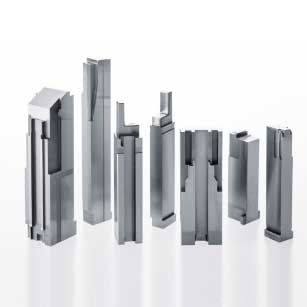Moulds are common in our daily life, but many people are not very familiar with this kind of things, in fact, the application of moulds in our life, large to the car, small to mobile phone cases, these are moulds produced and manufactured, today we will understand in detail: what are the mechanical processing methods of moulds? What are the mechanical processing steps for moulds?
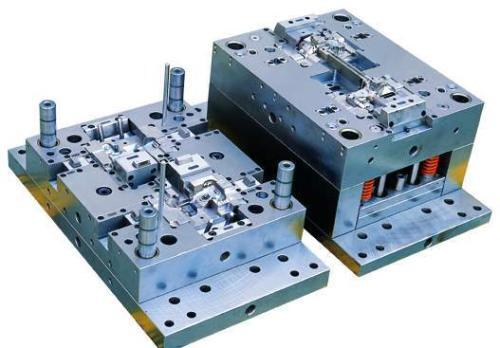
What are the mechanical processing methods for moulds?
The mechanical machining methods for moulds are generally divided into 3 types, which are as follows
(1) General machining
(2) Mould profiling
(3) Precision machining of moulds
General machining is our common turning processing, in the mould turning processing in the main surface processing are: inside and outside the rotary surface, spiral surface, end face, drilling, knurling, etc.; these are more common processing, of course, there are some special turning processing, such as: the processing of the collocation cavity, spherical surface processing, multi-cavity mould processing, etc.
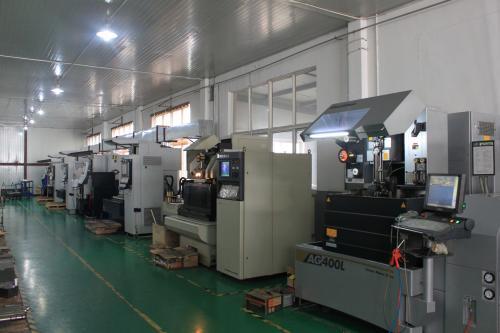
Mould profiling is based on a mould made in advance, when processing, the contact head exerts a certain pressure on the surface of the mould and moves along its surface, through the profiling mechanism, the tool makes a synchronous profiling action, so as to process the same surface on the mould part as the mould. The characteristics of this kind of processing are as follows.
1, processing cavity high efficiency, rough machining for EDM 40-50 times;
2、Low accuracy, size accuracy 0.05mm, Ra3.2-6.3;
3、Can't machine the inner clear angle and deep narrow groove etc;
4、Usually used for rough machining, leaving a certain machining allowance for EDM to do finishing.
Precision machining of moulds is to pay attention to many details of the problem, the main is the following aspects.
- the structure design on the basis of the consideration of the mould processing method, so that the structure and processing method to adapt.
- high precision, high rigidity of the processing machine.
- tool materials.
- A good environment centred on temperature control.
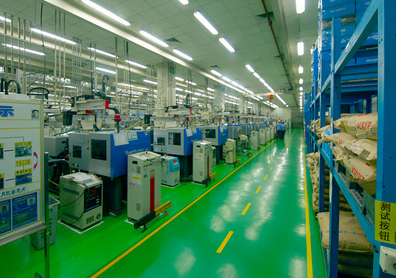
What are the mechanical processing steps for moulds?
The mechanical processing steps for moulds are generally 3 steps, mainly: casting processing, cutting of parts, special processing. Of course, in the actual production processing or depending on the specific processing requirements of the flexible change processing steps.

